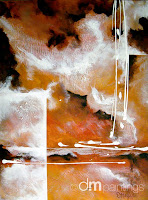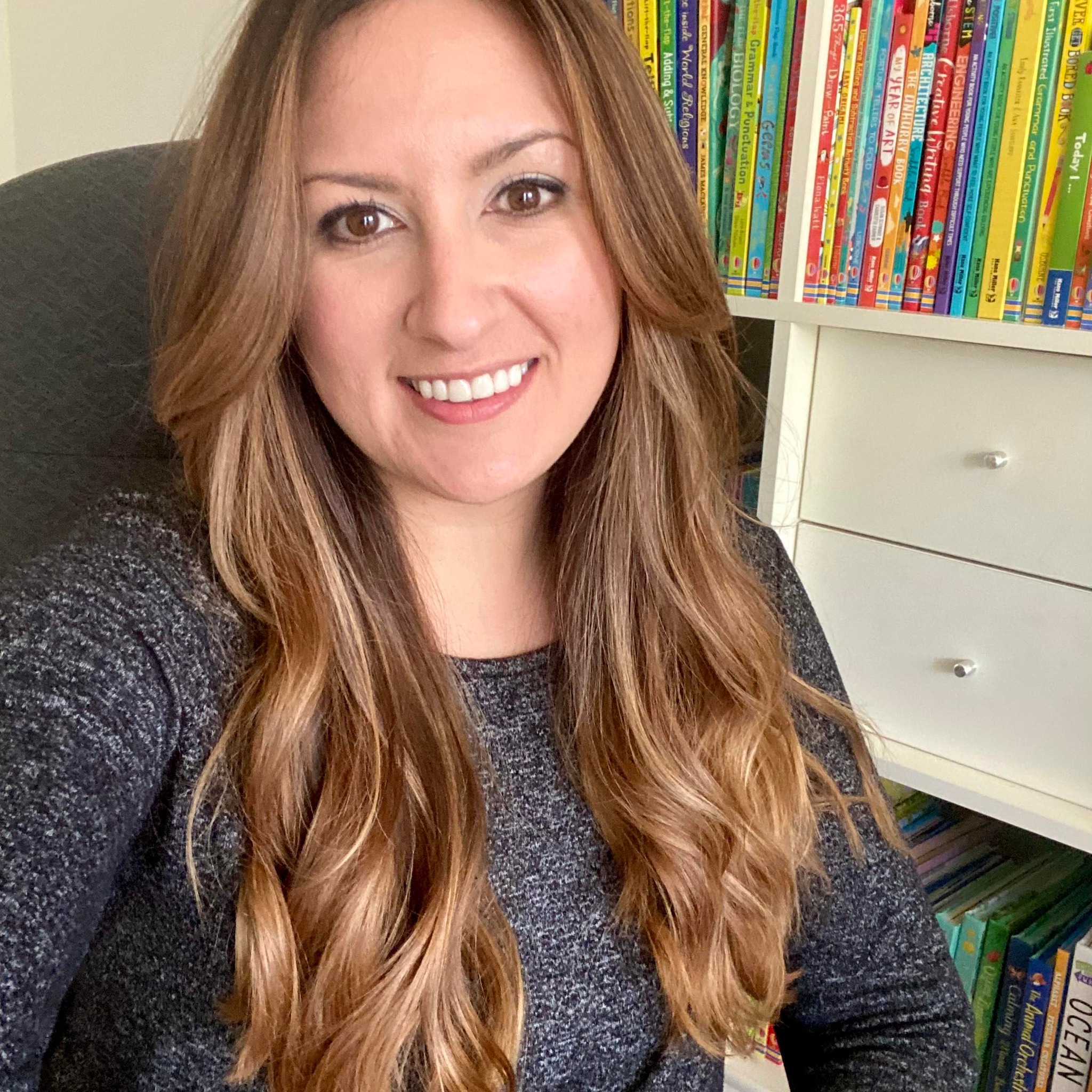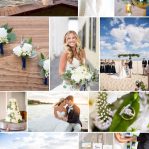 |
| “Burnt” © dm 2009 |
The first thing to consider when putting together an open studio is where to have it. The location you choose is of utmost importance – and it doesn’t necessarily have to be in your studio. If your working space is in a highly trafficked area, on the first or second floor or in an elevator building, and otherwise easy to get to, that’s great. But in order to get to my studio, you have to go to a quiet street off the beaten path, walk up four flights of stairs, and trudge through half of my apartment. That doesn’t sound too inviting to me – not to mention the fact that I’m not crazy about the idea of dozens and dozens of people I don’t know having access to my living space.
So when I have wanted to have an open studio, I simply found space elsewhere. I’ve used friends’ studios that were in a good location (sharing the event with a friend is a good way to increase your traffic as well), or small office spaces in commercial areas. Once, many years ago, I got permission to use a conference room in a public library and held a successful open studio there. As long as you get a well-situated space that people can get to easily, you’re off to a good start.
You might want to consider food and drink if the space where you’re hosting allows it. Many artists go overboard with this and turn their open studio into a fully catered affair. There’s no need for this – in fact, arguably the kinds of people who show up purely to grab a free meal are the ones you specifically don’t want coming along! Keep it very, very simple – you want your guests to feel welcome, but for the focus to be on your work and not on your food. Stay away from greasy foods that can leave accidental fingerprints on works, and from beverages that can stain; pretzels and white wine are a much better choice than cheese puffs and red wine.
Have some kind of give-away to hand out to people who show interest. A postcard with an image of your work on one side and the address to your website would be perfect. Also be sure to collect the names and addresses of interested people so that you can add them to your mailing list. If you are finding you have a pretty steady crowd of people show up, it can often be helpful to keep some private notes on who was interested in what, specifically – just jotting down little reminders can be a lifesaver when you look back the next morning and the whole event seems like a whirlwind.
Within a week of your open studio, make sure you follow up with people who showed interest in your work. Send a simple “thank you for coming to my open studio” to everyone who signed your book; if anyone expressed interest in a particular work, contact them to see if there’s any more information about it they’d like to receive (images, size, price, etc). Naturally, don’t hound the people who were nice enough to show up, but do remind them if there was something they were enthusiastic about.














